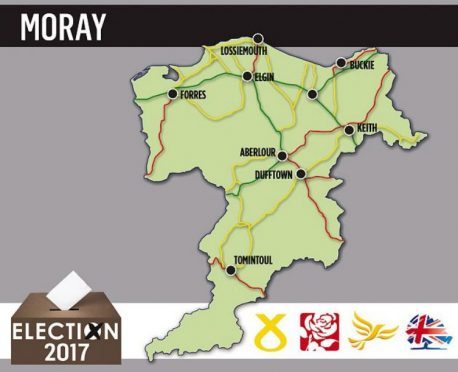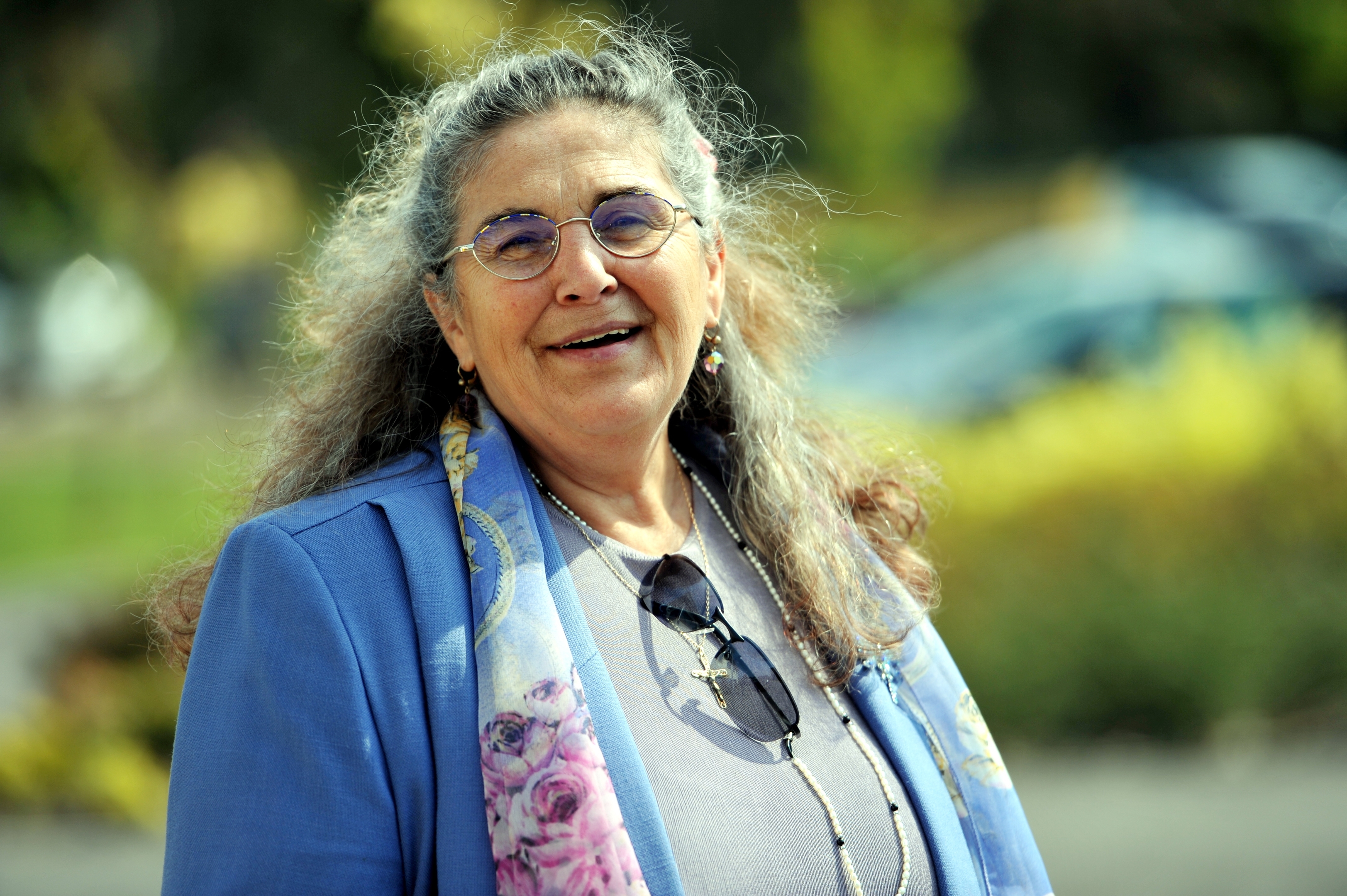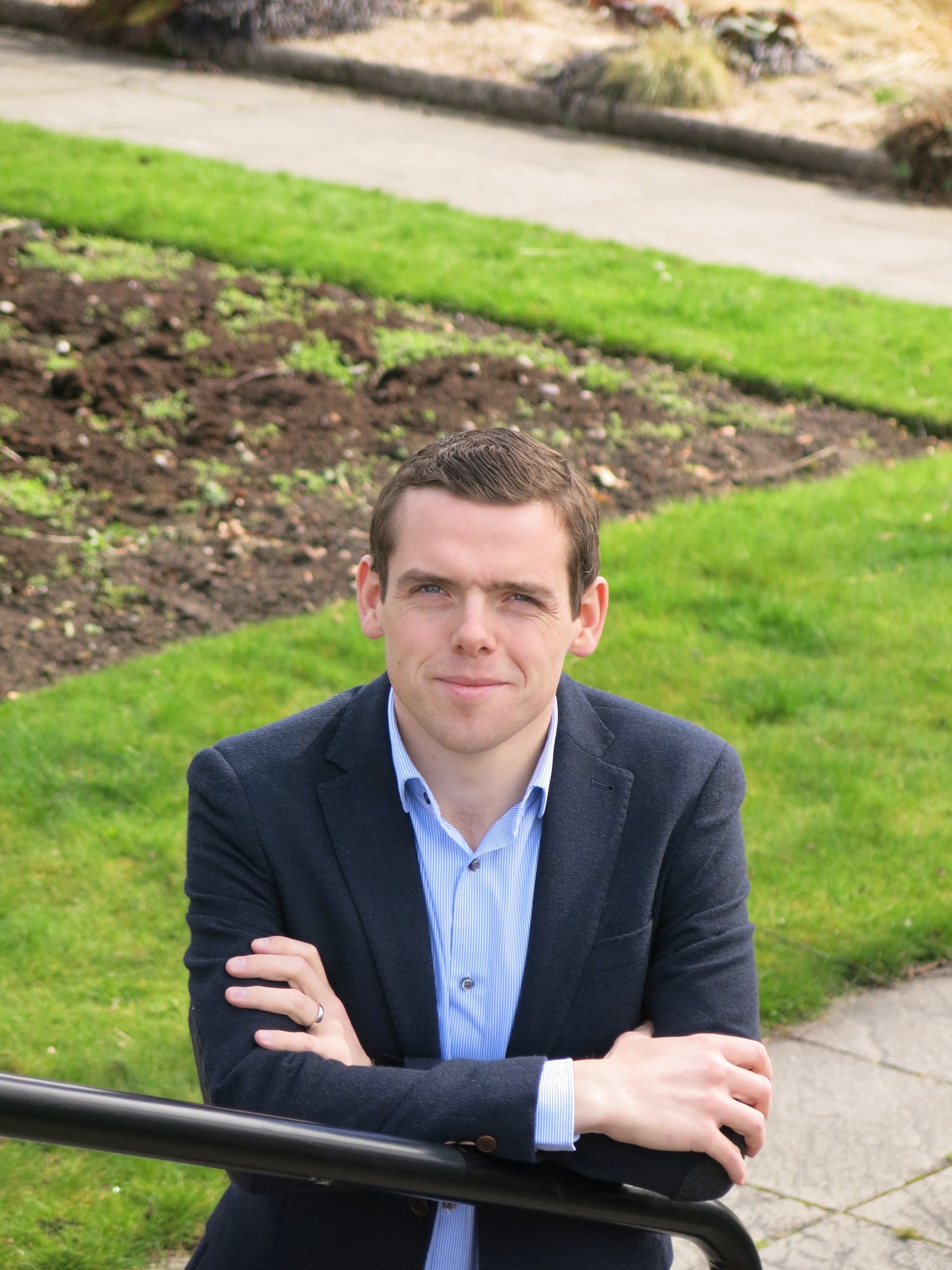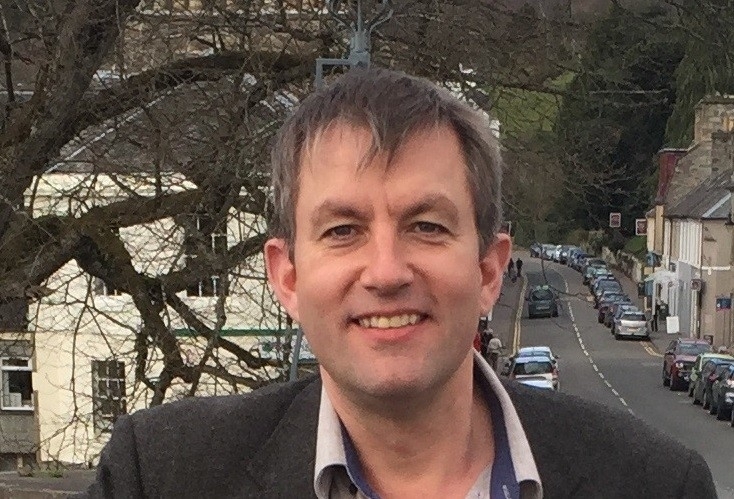After 30 years, the Scottish Conservatives hope to end the SNP’s grip on Moray.
The SNP has held the constituency since 1987, but the Tories are confident their candidate Douglas Ross has a chance of snatching the seat from rival Angus Robertson.
The pair went head to head in 2015, with the SNP deputy leader increasing his majority to 9,000 as part of the SNP landslide following the Scottish independence referendum.
But much has changed in just two years. The EU referendum saw Moray vote to remain in the EU by the narrowest margin in Scotland at just 50.1%.
With Mr Robertson continuing to campaign about how disastrous he believes a hard Brexit would be, this could turn some of those Brexit voters away from the SNP.
Further indications of the scale of the fight come from last year’s Holyrood election.
Mr Ross was again the Conservative candidate, this time losing to the SNP’s Richard Lochhead by just under 3,000 votes.
Although he did not win the Holyrood constituency seat in 2016, Mr Ross almost doubled his vote share on the 2011 Holyrood election, when he had again taken on Mr Lochhead in the first past the post system.
The number of times Mr Ross has stood for election in the area, his current position as a Highlands and Islands list MSP and party justice spokesman, and his controversial second job as one of Scotland’s top referees, all go in his favour in terms of name-recognition.
Support for the Scottish Conservatives in the council elections earlier this month also shows signs of growth for the party.
Although council elections use the single transferable vote system, which gives smaller parties a bigger chance of getting candidates elected, it was notable how only the Tories saw an increased vote share.
Conservatives in Moray more than doubled their number of councillors from three to eight, ending up with one less councillor than the SNP.
Moray Council has continued its Independent-Conservative administration, which has led since 2007, despite the SNP having the most councillors of any party.
However, several factors may also lead to Mr Robertson hanging onto his job.
Mr Robertson has the advantage of incumbency having been the constituency MP for 16 years.
The SNP deputy leader also maintains a high profile, not least with his weekly opportunity to quiz Theresa May at PMQs as the leader of the third biggest party at Westminster.
Mr Robertson’s party may be the third biggest, but his performances at PMQs have been praised for outshining UK Labour leader Jeremy Corbyn, whose personal approval ratings continue to drag.
The SNP has long said Labour’s internal fighting has left their party the only opposition at Westminster.
Certainly, Scottish Labour candidate Sean Morton won just under one in 10 Moray votes in 2015, leaving the party’s new candidate Jo Kirby with an uphill struggle this time.
Liberal Democrats in the area are also going to need to build on Jamie Paterson’s 2015 2.8% vote share for any chance of success.
Independent candidate Anne Glen is a newcomer to politics but may benefit from voters swinging away from well-known parties as well as the Highlands and Islands tradition of backing independent candidates.
However, both Mr Ross and Mr Robertson seem set to gain from smaller parties not standing at all – the Conservatives from UKIP voters left without a candidate and the SNP from the Greens not putting a candidate forward.
Another interesting facet is the higher proportion of people aged over 60 than the Scottish average.
This age group tended to be more in favour of both remaining in the UK and leaving the EU, which could go against Mr Robertson.
But they may well find Theresa May’s UK Conservative manifesto pledges to scrap the winter fuel allowance and pensions triple-lock and introduce a death tax to pay for social care worrying.
Despite Scottish Conservative leader Ruth Davidson pledging to protect the winter fuel allowance and free prescriptions in Scotland, pensioners may find the UK precedent and the split in the party policies unnerving – potentially switching them off Mr Ross.
It is also notable Mr Ross has not quit his MSP job, as his party colleague John Lamont has done to pursue a Westminster seat in the Berwickshire, Roxburgh and Selkirk constituency.
Holding onto his day job could betray a lack of confidence, for all the bluff and bluster, and a hope he could benefit from a lucky break rather than a sure thing.
A lack of confidence is not something Mr Robertson could ever be accused of, but we could still be about to see the man who has master-minded the strategy taking the SNP to unprecedented heights brought back down to Earth.
In full: The candidates
- Angus Robertson, 47, SNP, politician
- Jo Kirby, 44, Scottish Labour, teacher
- Douglas Ross, 34, Scottish Conservative, MSP
- Alex Linklater, 48, Scottish Lib Dem, journalist
2015: Moray flashback results
- Angus Robertson, SNP: 24,384
- Douglas Ross, Conservative: 15,319
- Sean Morton, Labour: 4,898
- Robert Scorer, UKIP: 1,939
- Jamie Paterson, Lib Dem: 1,395
- James MacKessack-Leitch, Scottish Greens: 1,345



